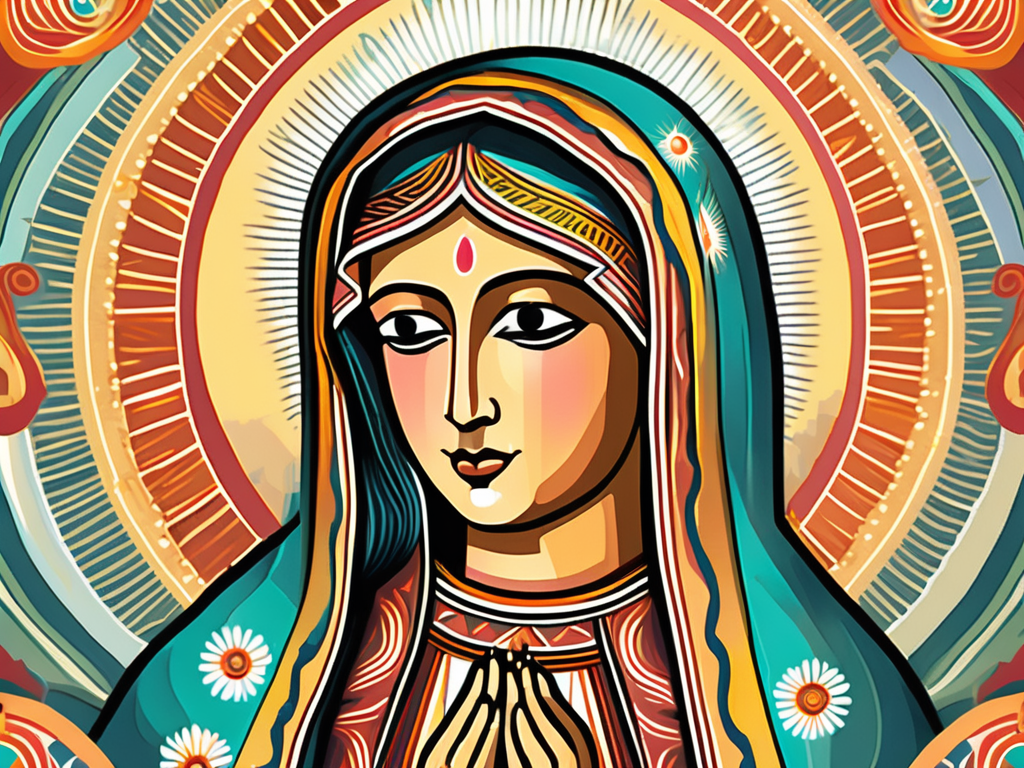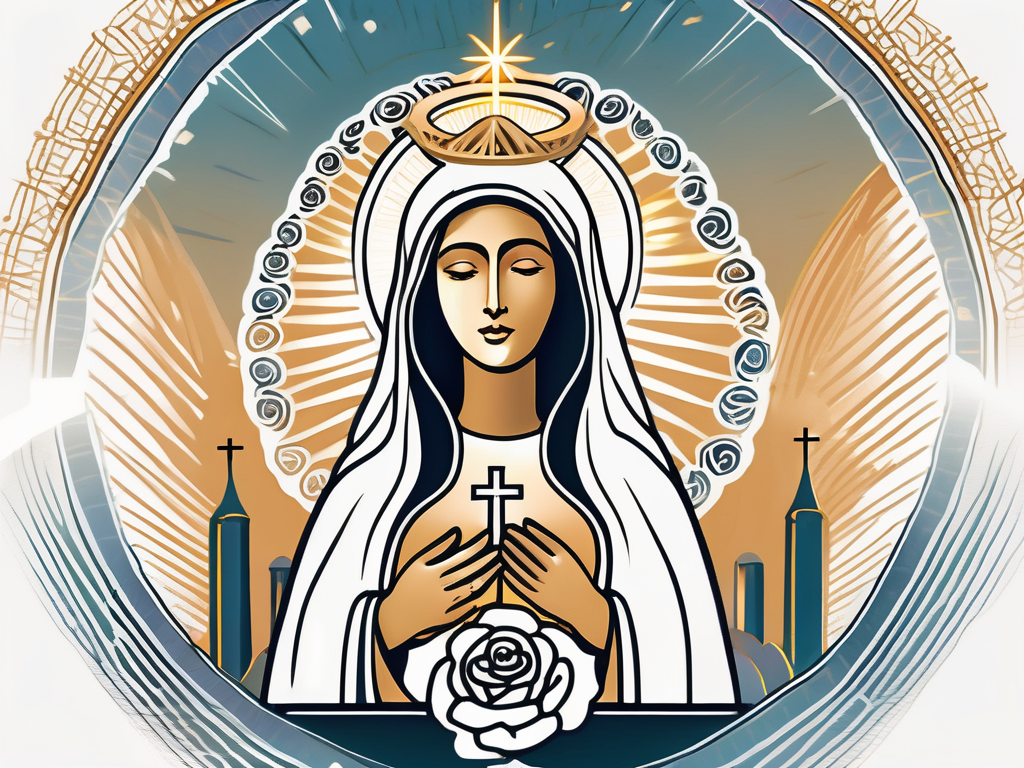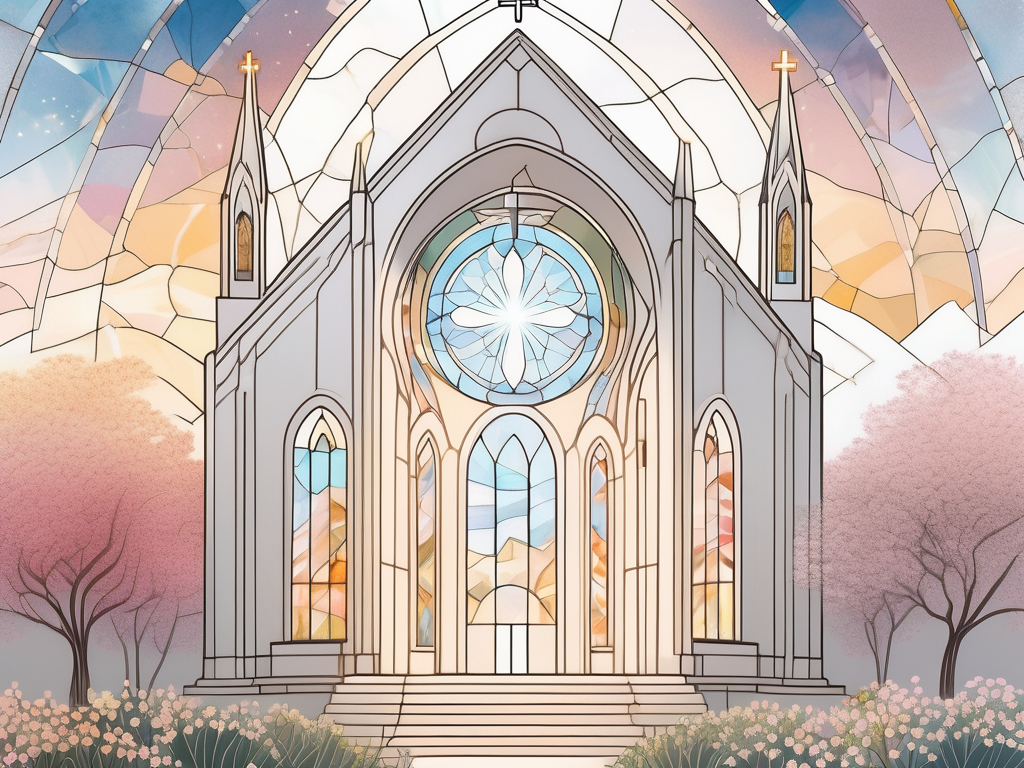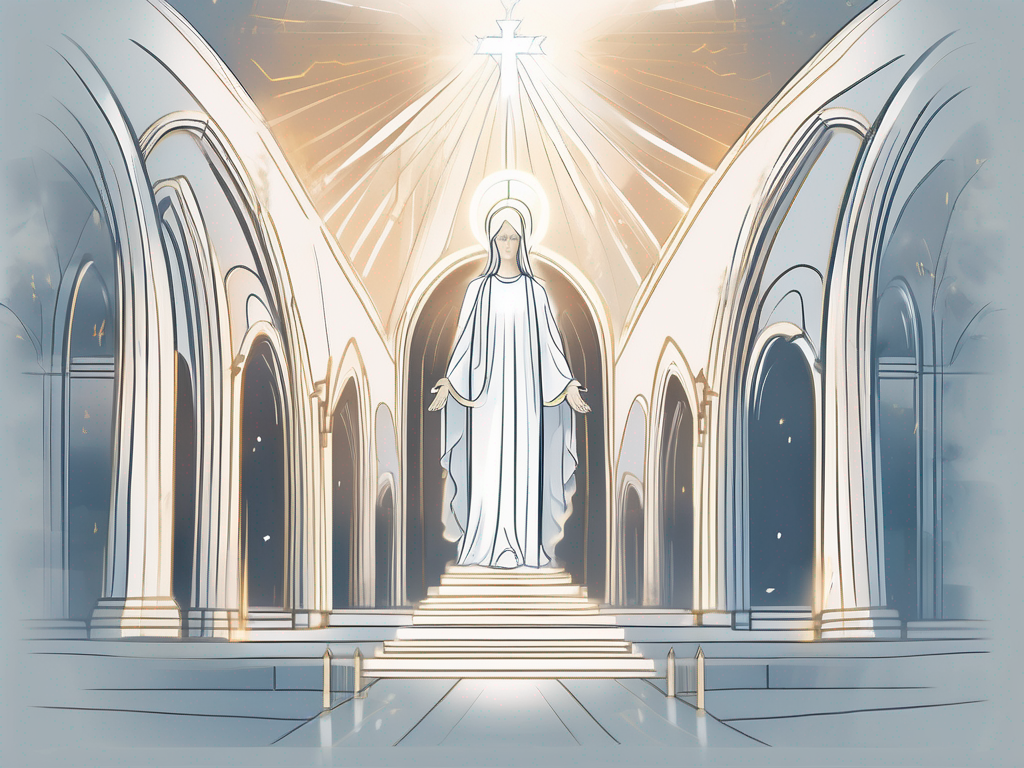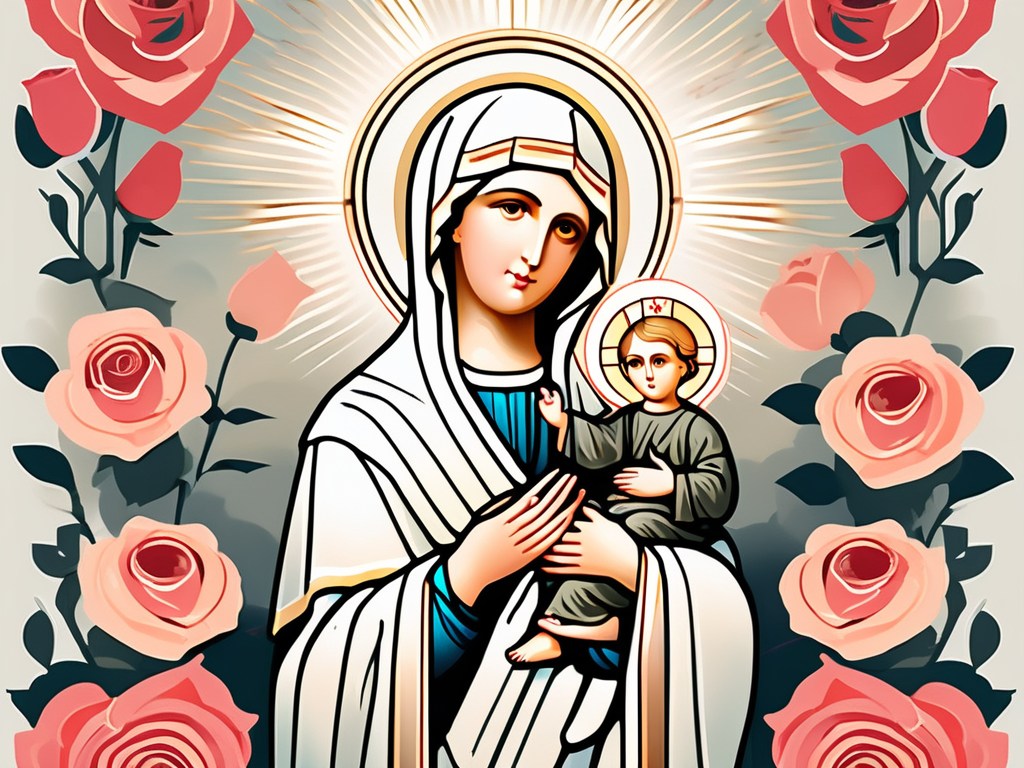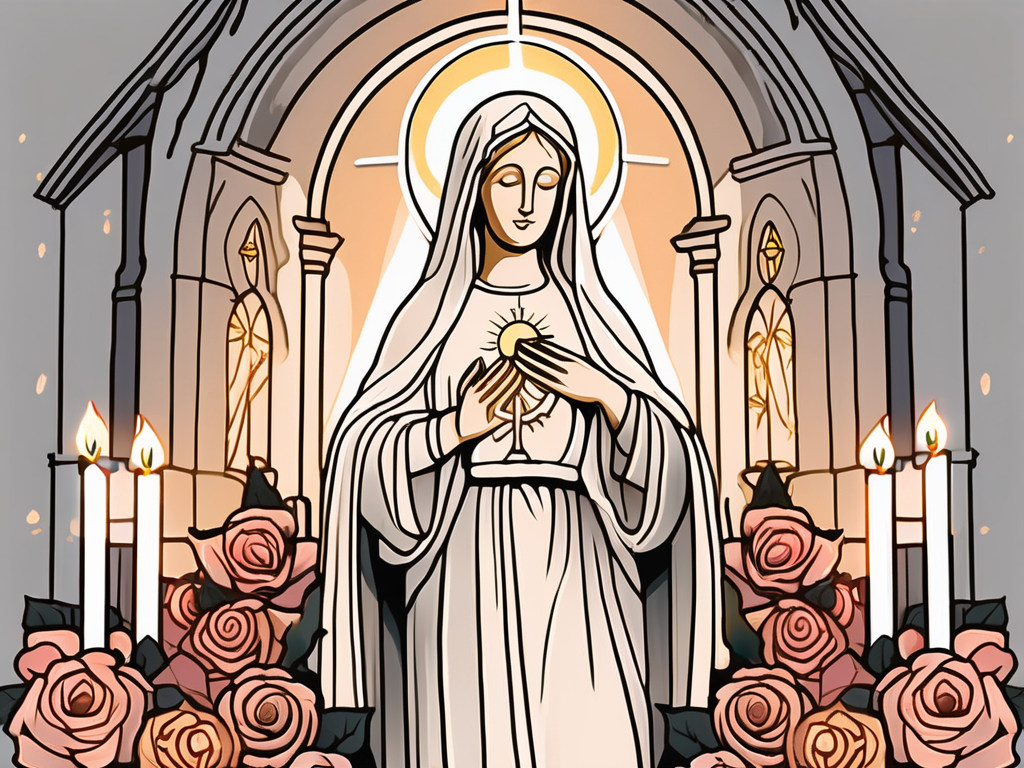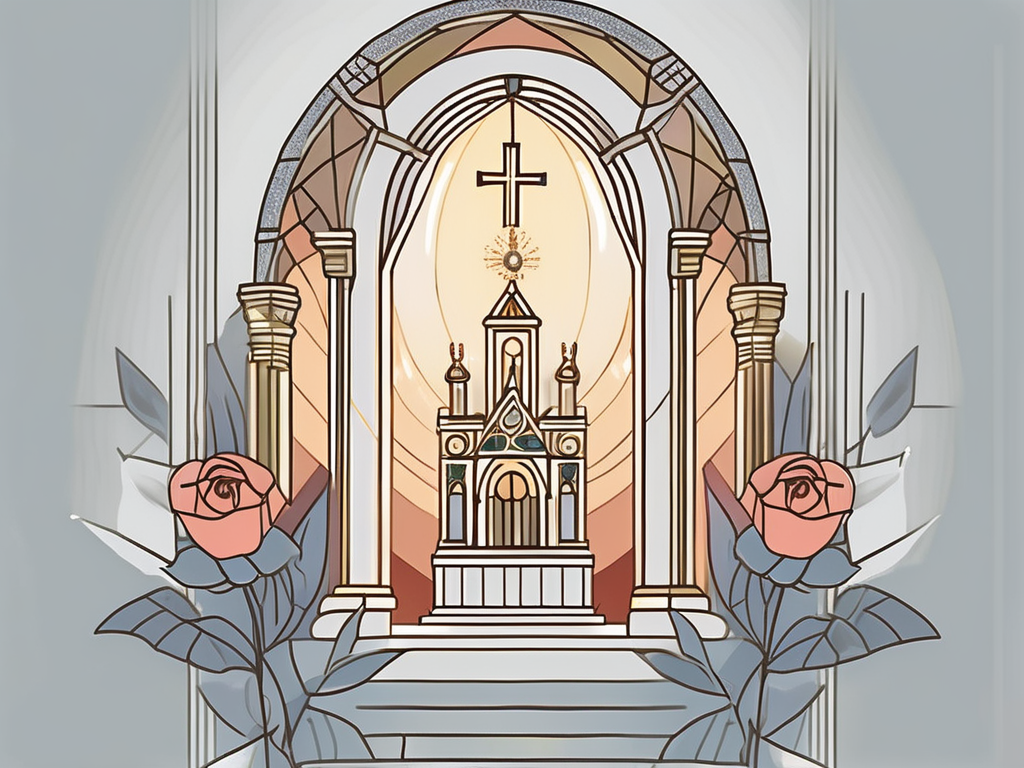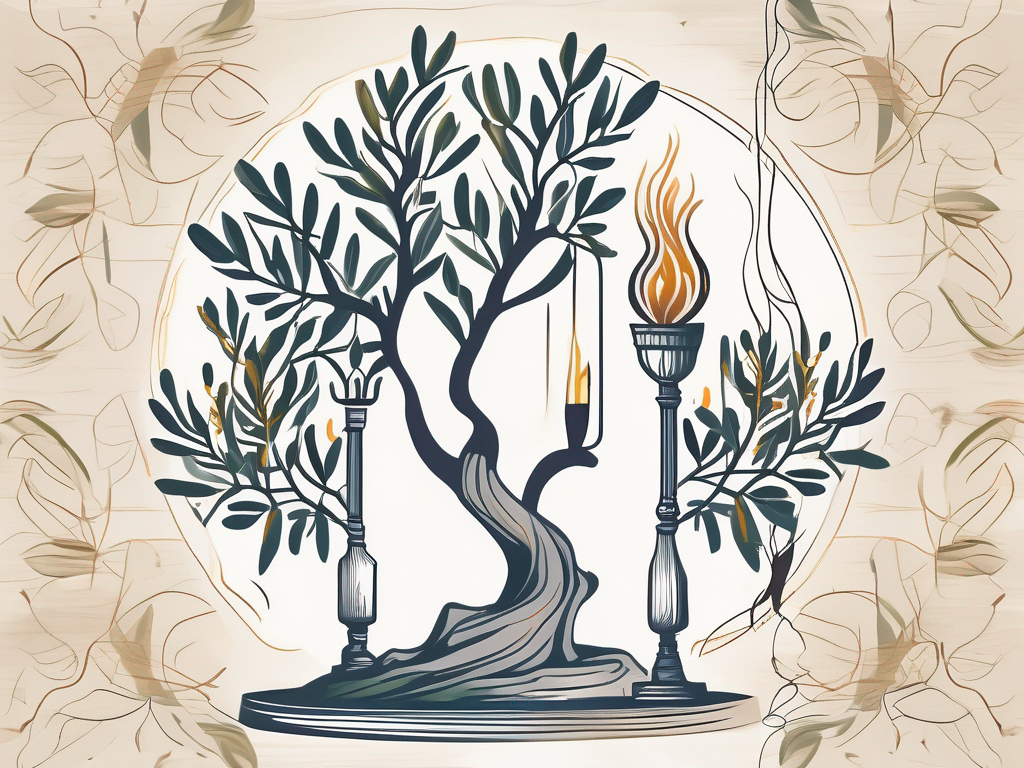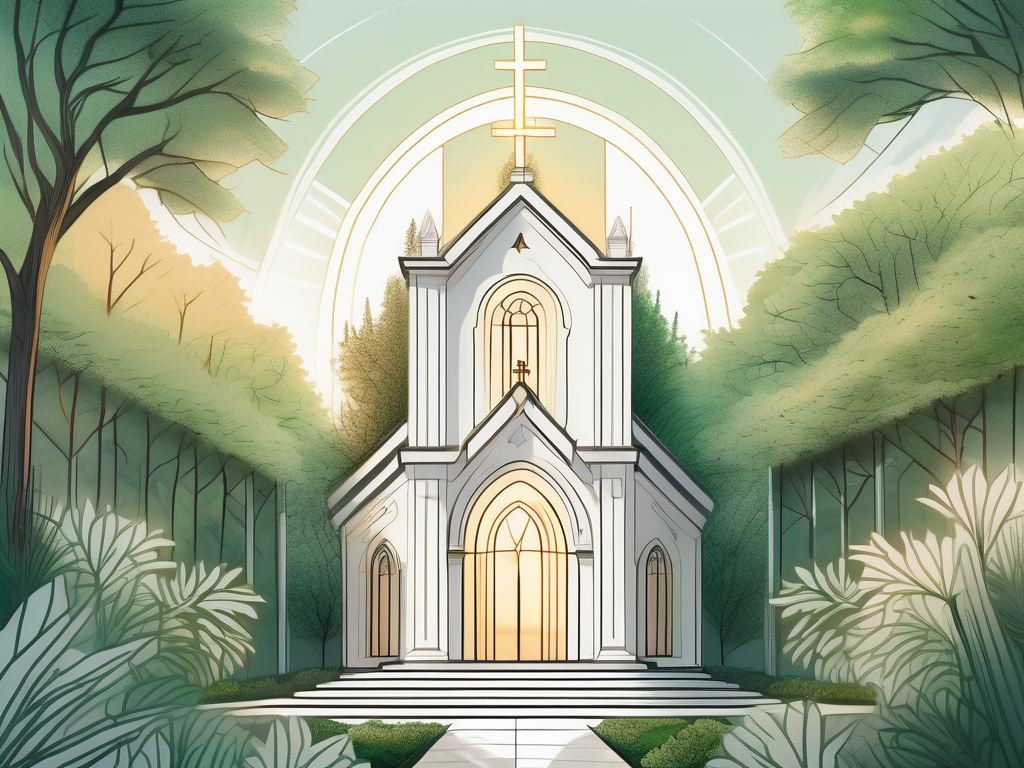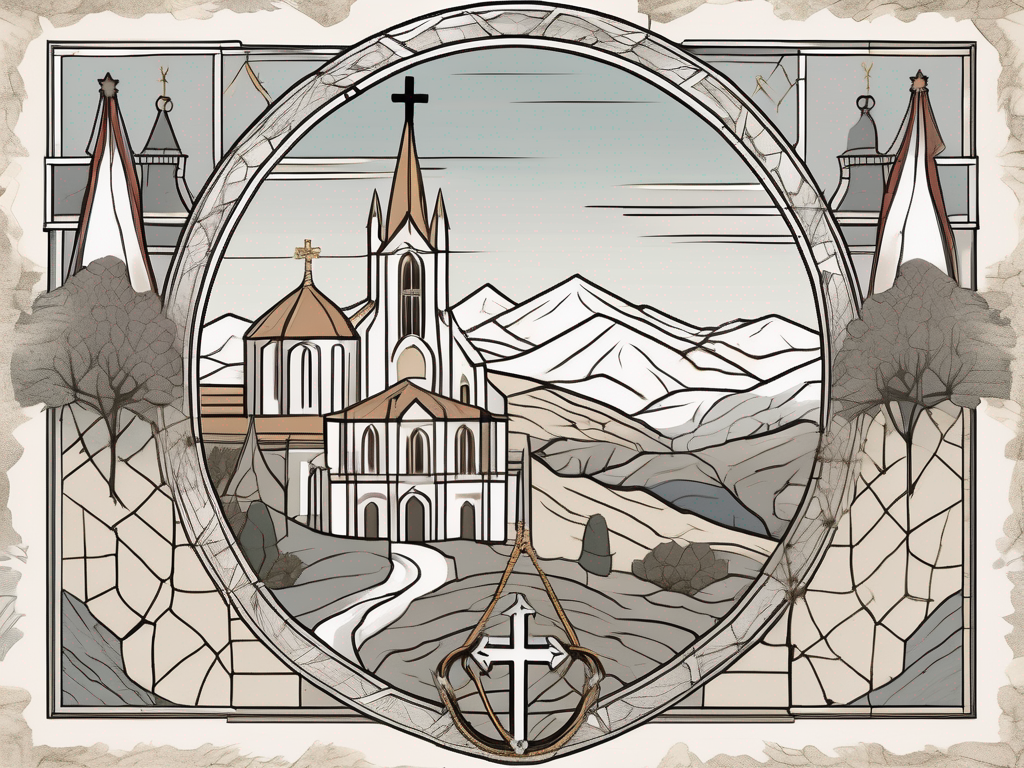Our Lady of Guadalupe is one of the most revered icons in the Catholic faith. The story behind this miraculous image is not only fascinating but also filled with profound spiritual meaning. Understanding the significance of Our Lady of Guadalupe requires delving into both the historical context of the icon and the symbolism reflected in her image.
Understanding the Significance of Our Lady of Guadalupe
The Historical Context of the Icon
In the early 16th century, Mexico was under Spanish rule, with the indigenous people facing suppression and hardship. The arrival of the Spanish conquistadors brought with it a wave of cultural and religious changes that deeply impacted the native population. The indigenous people were forced to abandon their traditional beliefs and practices, and instead, embrace the teachings of the Catholic Church.
It was against this backdrop of cultural upheaval and religious conversion that the Virgin Mary appeared to a humble peasant named Juan Diego on Tepeyac Hill, near present-day Mexico City. The timing of this apparition was significant, as it provided a glimmer of hope and solace to a people who were grappling with their identity and struggling to find their place in this new world.
What makes this apparition so remarkable is the fact that Mary spoke to Juan Diego in his native language of Nahuatl, showing great respect for the indigenous culture. This acknowledgment resonated deeply with the Mexican people, who viewed it as a sign of divine understanding and compassion. Mary’s choice to communicate in Nahuatl was seen as a reaffirmation of the indigenous people’s worth and value, despite the attempts to suppress their language and culture.
The Symbolism in the Image of Our Lady of Guadalupe
The image of Our Lady of Guadalupe is believed to hold multiple layers of symbolism, each adding to its profound significance. First and foremost, Mary’s appearance as a mestiza—a woman of mixed race—conveyed a powerful message of inclusivity and unity. In a society deeply divided by race and social hierarchy, Mary’s mestiza identity served as a reminder that all people, regardless of their background, are equal in the eyes of God.
Additionally, the image contains intricate details and symbols that carry spiritual significance. The stars on Mary’s mantle represent celestial alignment, symbolizing the divine presence and the connection between heaven and earth. Her position in front of the sun implies her superior status to the Aztec sun god, Tonatiuh, suggesting that Mary’s power and authority surpass that of any earthly deity.
The black ribbon around her waist signifies pregnancy, suggesting the impending birth of a new era. This symbol of fertility and new life resonated deeply with the indigenous people, who held a deep reverence for the cycles of nature and the renewal of life. It also served as a reminder that out of struggle and hardship, new beginnings and hope can emerge.
These symbolic elements, combined with the historical context, have made Our Lady of Guadalupe a deeply cherished and venerated figure in Mexican and Catholic culture. Her image has become a source of inspiration and comfort for millions of people, symbolizing hope, resilience, and the power of faith in the face of adversity.
The Miraculous Appearance to Juan Diego
The First Apparition: The Encounter
The first encounter between Juan Diego and the Virgin Mary took place on December 9, 1531. It was a crisp winter morning when Juan Diego, a humble indigenous man, was walking along the outskirts of Mexico City. Suddenly, a radiant light enveloped him, and he felt a sense of awe and wonder.
As he looked up, he saw a beautiful woman standing before him. She was adorned in a gown that shimmered like the sun, and her eyes sparkled with divine love. It was the Virgin Mary herself, sent by God to deliver a message to the people of Mexico.
Mary instructed Juan Diego to tell the local bishop about her desire for a shrine to be built on Tepeyac Hill, a sacred place where the indigenous people had long worshipped their gods. However, the bishop was skeptical and demanded proof of the apparition.
Undeterred by the bishop’s doubts, Juan Diego returned to Tepeyac Hill, hoping for another encounter with the Virgin Mary. He prayed fervently, seeking guidance and strength. And on December 12, his prayers were answered.
The Second Apparition: The Gathering of Roses
Once again, Juan Diego found himself in the presence of the Virgin Mary. This time, she spoke to him with even greater urgency. She instructed him to gather flowers from the top of the hill and present them to the bishop as a sign of her divine presence.
Despite the cold winter weather, Juan Diego ascended the hill, his heart filled with faith. To his astonishment, he found the barren landscape transformed. Vibrant roses bloomed in abundance, their petals glistening with dew. He carefully gathered the roses, their fragrance filling the air with a heavenly scent.
With the roses cradled in his tilma—a cloak made of cactus fibers—Juan Diego made his way to the bishop’s residence. Nervously, he unfurled his tilma, revealing an astonishing image imprinted on the fabric. It was the image of Our Lady of Guadalupe, radiant and full of grace.
The Messages Conveyed by the Virgin
When Juan Diego presented the roses and unveiled the miraculous image to the bishop, the room fell silent. The bishop, overcome with awe, recognized the divine presence before him. The enduring fragrance of the roses, a scent that surpassed earthly perfumes, filled the room, leaving all who witnessed it in awe.
Through her appearances to Juan Diego, Mary conveyed messages of love, compassion, and hope. She assured him that she is the Mother of all humanity, regardless of race or background, and a powerful intercessor for those who seek her guidance.
Her words continue to resonate with people from all walks of life, inspiring devotion and faith. The image of Our Lady of Guadalupe, imprinted on Juan Diego’s tilma, has become a symbol of hope and unity for millions of people around the world.
Today, the Basilica of Our Lady of Guadalupe stands on Tepeyac Hill, a testament to the enduring power of Mary’s message. Pilgrims from far and wide travel to this sacred site, seeking solace, healing, and a deeper connection with the Virgin Mary.
As we reflect on the miraculous appearance to Juan Diego, let us remember the profound impact that Mary’s message has had on the world. Her love and compassion continue to guide and inspire us, reminding us of the boundless grace that is available to all who seek it.
The Miraculous Image on Juan Diego’s Tilma
The Unexplainable Phenomena
What makes the image on Juan Diego’s tilma even more miraculous is its preservation over centuries. Despite the fragility of the cactus fiber fabric, the image remains intact and vibrant, defying the laws of natural deterioration.
Furthermore, the tilma has endured various threats, including acid spills, bombings, and exposure to the elements, yet it remains unharmed. These extraordinary circumstances have baffled scientists and skeptics alike.
Scientific Analysis of the Tilma
Scientists have extensively studied the tilma, uncovering equally astonishing details. The image has no visible brush strokes or sketches, and the pigments used cannot be attributed to any known source. Additionally, the fabric itself should have deteriorated long ago, but it remains in remarkably good condition.
While science offers explanations for many phenomena, the images on Juan Diego’s tilma defy conventional understanding, leaving room for faith and wonder.
The Impact of Our Lady of Guadalupe on Catholic Faith
The Role of the Icon in Devotional Practices
Our Lady of Guadalupe holds a central place in Catholic devotional practices, both in Mexico and around the world. Pilgrims flock to her shrine in Mexico City, seeking solace, healing, and divine intervention.
Countless personal testimonies recount miraculous healings, answered prayers, and spiritual encounters attributed to the intercession of Our Lady of Guadalupe. Her benevolence has earned her the titles of “Patroness of the Americas” and “Empress of Latin America.”
Our Lady of Guadalupe as a Symbol of Hope and Unity
Beyond its religious significance, Our Lady of Guadalupe has become a potent symbol of hope, resilience, and unity. She transcends cultural boundaries, uniting diverse communities under her protective mantle.
Her image, reproduced in homes, churches, and even tattoos, serves as a constant reminder of faith, strength, and the enduring power of devotion.
The Canonization of Juan Diego and the Recognition of the Miracle
The Process of Canonization in the Catholic Church
The Catholic Church recognized the sanctity of Juan Diego through the process of canonization. In 2002, Pope John Paul II officially proclaimed him a saint, acknowledging his role in the apparition and the miracle of the image.
Canonization involves a thorough investigation into the life, virtues, and purported miracles of an individual. In the case of Juan Diego, his unwavering faith, humble disposition, and the miraculous nature of the tilma contributed to his elevation to sainthood.
The Significance of Juan Diego’s Sainthood
The canonization of Juan Diego stands as a testament to the enduring impact of the apparition and the profound faith it has inspired. His sainthood serves as a reminder of the divine intervention that took place on Tepeyac Hill and the ongoing relevance of Our Lady of Guadalupe in the lives of believers today.
To Catholics worldwide, the miraculous story of Our Lady of Guadalupe and the humble Juan Diego remains a source of inspiration, faith, and the assurance that even the most extraordinary miracles are possible.
